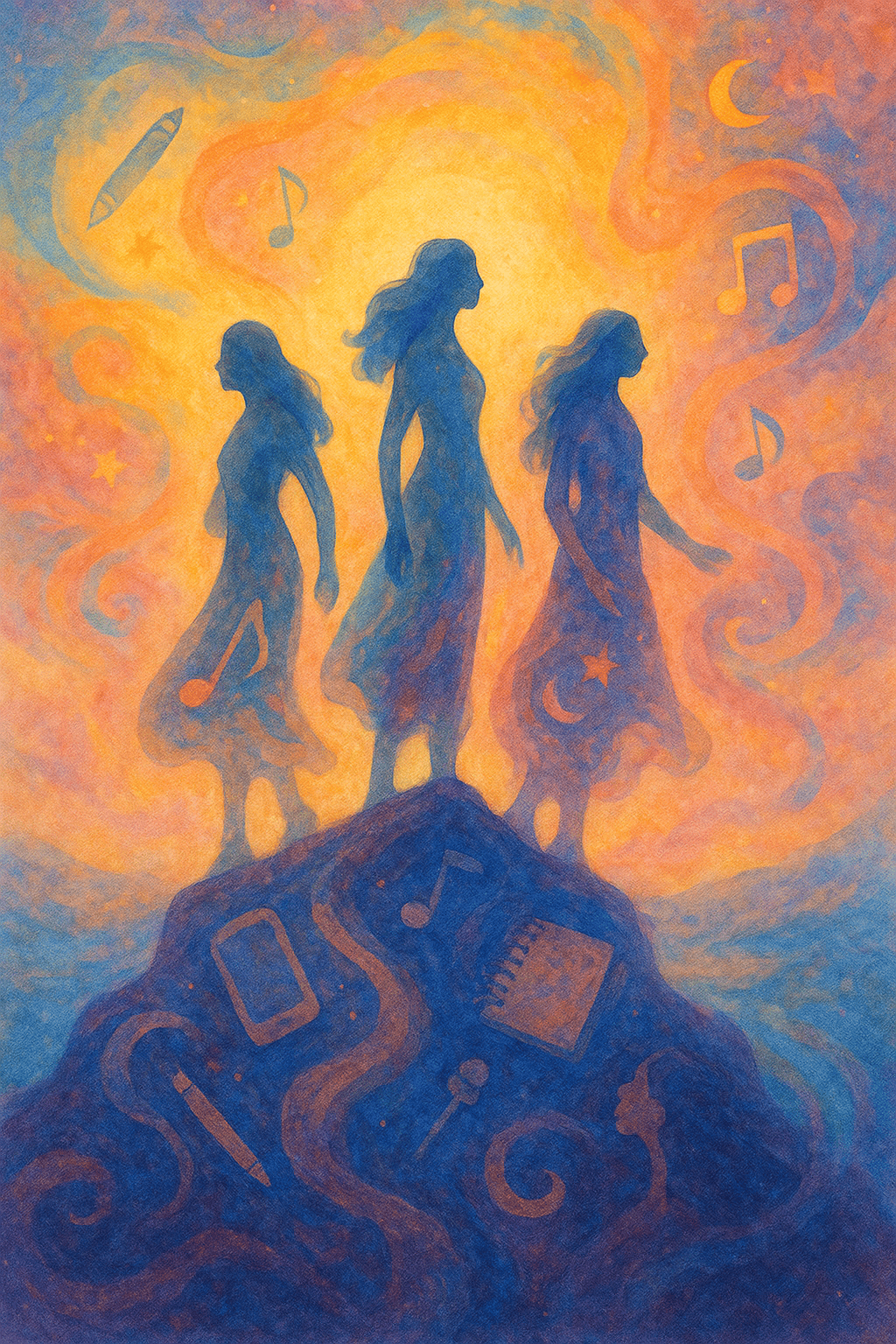It began, as these sessions often do, with a question tucked into the chat window: What do you think it means to ‘march to the beat of your own drum’? On the screen, teenage girls from across Turkey leaned into the moment—some still adjusting earbuds, others catching up from a day of family obligations as the extended holiday neared its end. But within minutes, the screen came alive: arms waving, laughter breaking through the silence, a warmth forming that felt more like a community center than a Zoom grid.
This was a Monday night with Be the Voice of Girls, guided by two familiar faces: Heather, joining from a quiet room in Taipei, and Ece from Pittsburgh, co-hosts of the podcast English as a Singing Language. Their lesson centered on The Greatest Showman anthem “This Is Me,” a song equal parts declaration, defiance, and embrace. But the real lesson stretched beyond lyrics or syllables. It was about identity. About voice. About what it means for a young woman to say—loudly, clearly, unapologetically—This is me.
The girls quickly tuned in to the song’s emotional terrain. “Another round of bullets hits my skin,” one read aloud, not flinching from the metaphor. “Maybe those bullets are words,” another suggested. “Things people say to hurt you.” Heads nodded. They understood this language—even before they understood every word.
Heather and Ece didn’t shy away from complexity. Together they unpacked the schwa sound—[ə], the murmur in unstressed syllables like broken or imagination. It’s a technical note, but here, it carried emotional weight. “Even the quiet sounds matter,” Ece pointed out. “They hold the shape of the word—just like the things we hide still shape who we are.”
Then came the chorus. Not just the one sung by Keala Settle, but the one rising through headphones and living rooms. “I am brave, I am bruised, I am who I’m meant to be. This is me.” Some sang. Others mouthed along. All of them belonged.
As always, the breakout rooms sparked to life. Those who know a Heather-and-Ece session understand: this is where transformation happens—in the quiet encouragement of peers, in the bravery of not understanding, in the pride of being the one who does.
Later, the tone shifted from reflective to playful. Heather mentioned upcoming travel, prompting the familiar game: Where in the World is Heather Lai? With perfect timing, the hosts and BVG Co-founder Carl—joining from Ohio—broke into song: Where in the world is Carmen Sandiego? “Rockapella would be proud,” Carl quipped. And for a moment, it felt like a 90s TV throwback—threading geography, music, and levity into this multilingual sisterhood.
No one said it outright, but it was clear: what’s being learned here isn’t just English. It’s how to stand in the world.
Toward the end of the session, Ece recalled something a student had once said: “We should accept everyone for the way they are, not try to change them.” That simple sentence—spoken in a second language by a teenage girl—has stayed with her. “I keep thinking about that,” Ece said. “It was really lovely.”
Lovely, yes—but also radical. In a world that asks so many girls to shrink themselves, smooth their accents, straighten their differences, Be the Voice of Girls does something quietly revolutionary: it invites them to sing.
Not perfectly. Not in unison. Not even on key.
But truthfully. Boldly.
As themselves.
This is them.


